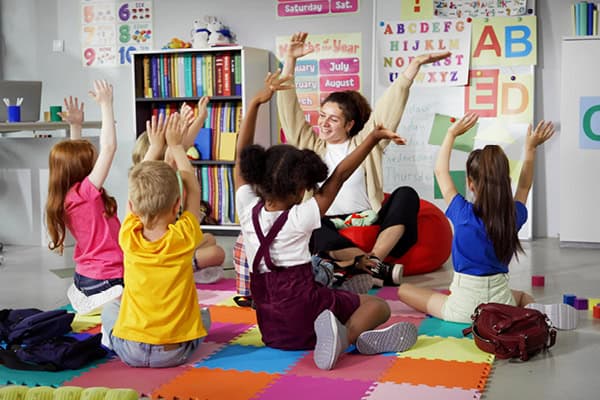Student discipline in response to plagiarism rose from 48% to 64% over the last school year, according to the Center for Democracy & Technology, as reported in K-12 Dive.
The CDT found:
- Nearly twice as many teachers said their schools are implementing policies that allow the use of generative artificial intelligence for classwork, with 31% reporting so in 2022-23 compared to 60% in 2023-24, according to a survey published by the Center for Democracy & Technology, a civil rights nonprofit.
- As AI use goes up, only about a third of teachers said they have received guidance on the actions they should take if they suspect a student’s use of AI is out of line with school policy, CDT found. Additionally, 37% said they’ve been trained to spot if a student is using generative AI in their class assignments.
- Despite little guidance for teachers on this front, more educators are increasingly relying on AI content detection tools. There was a 30-percentage point jump — to 68% in 2023-24 — of teachers using these tools compared to the prior school year, according to CDT.
While CDT found just over half of teachers expressed a growing sense of distrust over their students’ academic integrity because of generative AI’s presence, various state education departments’ guidance for schools is shifting away from the AI plagiarism debate and moving toward urging teachers to accept using the technology to improve learning.
Teachers’ growing reliance on AI detection tools comes as research shows that such software can be inaccurate when it comes to differentiating between AI-generated and human-written content, the CDT report noted. The organization surveyed 460 public school teachers instructing grades 6-12 between November and December.
A September report by Temple University’s Center for the Advancement of Teaching analyzed the efficacy of a common AI detector tool developed by the company, Turnitin. The study found that the tool was most effective at spotting text that was completely human-written. The Turnitin tool, however, had the most trouble identifying “hybrid” texts that were partially generated by a person and partially by AI.
Following Turnitin’s initial release of its generative AI detection feature in April 2023, the company reported several months later that the tool had a higher rate of false positives — or incorrectly identifying fully human-written text as AI-generated — when there is less than 20% of AI writing in a document.
Ed tech experts have also previously expressed skepticism over the ability short-term to truly combat AI-related plagiarism fears via watermarking AI-generated content.
Teacher use of AI detection tools is “especially concerning given the concurrent increase in student disciplinary action,” the CDT report said. Students from historically marginalized backgrounds, such as students with disabilities or English learners, are more susceptible to discipline involving AI plagiarism concerns. For instance, CDT previously found that students with an individualized education program and/or a Section 504 plan were more likely to use generative AI tools compared to their peers.
K-12 Dive






